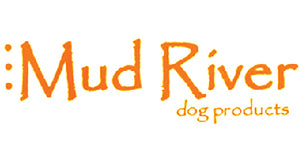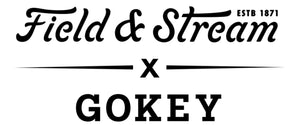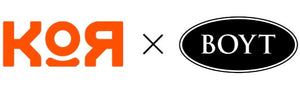A Serious Pain in the Neck: Cervical Disc Disease in Young Dogs
It’s a heart wrenching experience to see a young active dog rendered immobile due to severe neck pain. Often without history of witnessed trauma, this condition can baffle pet owners. Cervical (neck) disc disease is a type of intervertebral disc disease that first presents in young adulthood in at risk breeds. Read on to learn more about this painful condition. Spine Anatomy 101
Vertebrae are the many bones that make of the skeletal structure of the spine. Intervertebral discs are the cushions between each adjacent vertebra that absorb shock and allow for movement of the back while protecting the spinal cord. The spinal cord extends down the center of the vertebrae and is a vital part of the central nervous system. What’s Disc Disease and Why does it Happen in Young Dogs?
Intervertebral disc disease (IVDD) occurs when there is a displacement or rupture of the cushion-like disc between two adjacent vertebrae. While disc rupture or displacement can technically occur any any disc location, it occurs more often in the neck and mid back in young dogs. Dogs termed chondrodystrophic - short legs and a long back, appear genetically and physically more susceptible to this specific type of disc injury. Breeds commonly diagnosed with cervical IVDD include: Dachshund, Beagle, Basset hound, Pekingese, Cocker Spaniel, and Corgi. Early disc degeneration appears to have a large genetic component. Repeated low impact trauma (example: jumping off furniture or out of vehicles) over an extended period of time weakens the degenerate discs that eventually rupture from being unable to withstand the forces placed on them. When the disc ruptures, it pinches and bruises the spinal cord, which causes variable symptoms depending on the degree of damage.
Will My Dog Show Warning Signs of Disc Disease? Not usually. Symptoms will occur suddenly and usually without warning. Neurologic signs and severe pain are the result of ruptured disc tissue compressing the spinal cord and local nerves, as well as swelling and bruising. The age most dogs will experience their first episode of pain is as a young adult. Sudden cervical IVDD most often presents as a pet vocalizing, shaking or muscle tremors, hesitancy to move, panting, refusal to eat or drink, movement of eyes but not head or neck, abnormal posture, a stiff extended neck, difficulty or refusal to sit or lay down, and in severe cases inability to use legs. Sudden onset of these symptoms is an emergency and care should not be put off. Early intervention of veterinary care is of paramount importance if normal function is to return.
What Will My Veterinarian Do to Help My Pet? Your pet’s doctor will examine her and perform several neurological tests to determine the location of the injury. Radiographs are helpful to rule out other causes for neurological signs like fractures, dislocations, or tumors. Blood work and a sample of spinal fluid may be used to rule out infectious or toxic causes for symptoms. Your pet’s doctor may refer her to a specialty hospital for additional testing and spinal surgery. Not all pets require surgery and cost can be a limiting factor for many pet owners. What
Are the Treatment Options? The treatment recommendation for cervical IVDD is dependent upon the severity of symptoms - both surgical treatment and medical management are viable options in mild to moderate cases. Physical therapy, massage, cold laser therapy, acupuncture, and chiropractic treatment may also prove helpful modalities in a pet’s recovery. Pain management and extreme movement restriction for several weeks should be expected. Management of this disease is labor intensive for caregivers. Failure of a pet to recover from disc disease can often be attributed to lack of adequate confinement during the recovery period. Pets will not confine themselves; owners must take responsibility for this component of healing. Movement sooner then the doctor recommends can cause further disc rupture and worsening of symptoms. Surgery is not a quick fix and will require an equally long recovery period. Is There Good News? Because genetics play a large part in IVDD, pet owners may feel limited in their ability to prevent this disease. On the bright side, there are a few areas we can examine to help prevent injury. Helpful prevention strategies include management of the pet’s lean body weight, disciplined discouragement of jumping and high agility activities, and use of a harness instead of a collar in at risk breeds. Joint support supplements or foods fortified to support joint health may also be beneficial. Early intervention and appropriate care after a disc rupture will help keep a pet comfortable and mobile long term.
### Amanda Burow, D.V.M. (Dr. B), is a graduate of Iowa State University’s College of Veterinary Medicine. Dr. Burow’s patient list includes hunting dogs of all varieties, as well as several field trial dogs and full time sporting guide dogs. In addition to practicing general veterinary medicine, she has special interest in the areas of preventive care, emergency medicine, and dermatology. In her spare time, she enjoys being outdoors and on the lake, staying active, reading, and spending time with family and friends. Mud River is proud to share these tips from Dr. B with our customers. Keep in mind it is best to work with your local veterinarian to determine the needs for your animals.










